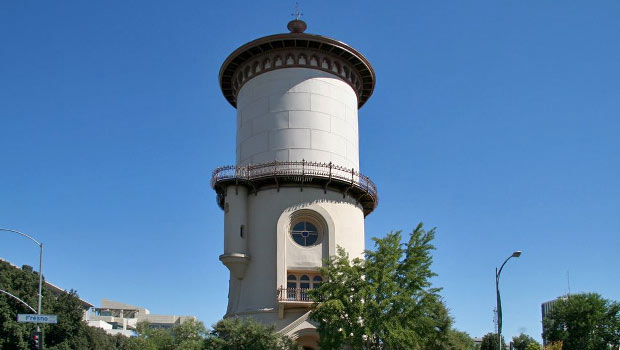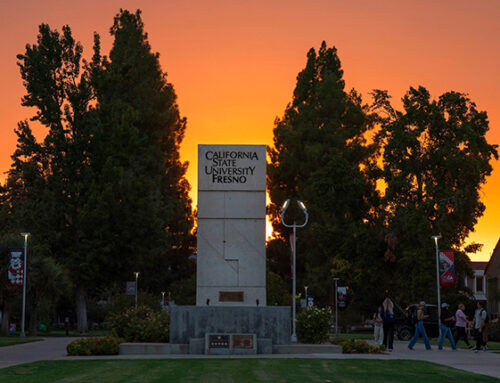A new study about the southern San Joaquin Valley has found that contrary to popular belief, the region has actually outperformed most other areas of the state in its long-term job expansion, as well as other key measures of growth.
The results of the report, “South San Joaquin Valley; A Growing California Success Story,” will be presented at 5:30 p.m., Wednesday July 30 at the Fresno Convention Center (848 M Street). Free and open to the public, this event is co-sponsored by Fresno State and will feature a panel discussion about the economic health of Fresno, Kern and Tulare counties.
Published by the Pat Brown Institute for Public Affairs at California State University, Los Angeles with funding from The California Endowment, the study by independent research firm Beacon Economics finds that between 1990 and March 2014, the south San Joaquin Valley expanded its employment base by 50 percent — the eighth largest expansion among the state’s 26 metropolitan areas. Over the long term, this job growth exceeds that of San Francisco and the Silicon Valley.
The south San Joaquin Valley has one of the fastest growing populations in the state — an indicator not consistent with an economy in decline. Since 1990, the number of residents in the region has grown by 50 percent compared to about 28 percent growth in population in the rest of the state.
“Many of the study’s findings may surprise people given pessimistic perceptions about the future of the south San Joaquin Valley’s economy,” said Dr. Raphael Sonenshein, executive director of the Pat Brown Institute. “The authors show that the region has not only been a long-term driver of economic growth in the state, but more recently, that it has largely recovered from devastating damage caused by the recession.”
The Beacon analysis finds that although the South San Joaquin Valley was hit harder by the recession than most of the rest of the state, it has now recovered all the jobs it lost and consumer and business spending has surpassed its pre-recession peak.
But not all of the report’s findings are positive. It also notes the impact of pollution and the continuing drought on the agriculture industry. “The south San Joaquin Valley represents a much larger share of the California economy than it used to, growing in relative not just absolute terms,” said Christopher Thornberg, founding partner of Beacon Economics and one of the study’s lead authors. “As an increasingly vital part of the larger economy, effects here will leak out to the rest of the state making it all the more important to address serious challenges, including what may be the worst drought on record.”
Key findings:
- The share of California nonfarm employment located in the south San Joaquin Valley grew from 3.8 percent in 1990 to 4.5 percent in 2013.
- The south San Joaquin Valley has exceeded its pre-recession employment peak, adding back 61,300 nonfarm jobs — 8,000 more than lost during the recession — since July 2010.
- Employment has been growing in both high- and low-wage sectors in the south San Joaquin Valley. The utility, mining and information sectors, which pay between $60,000 and $102,000 per year on average, have significantly expanded their shares of the local economy.
- In terms of gross metropolitan product, the south San Joaquin Valley was responsible for 33.2 percent of the economic output in California’s agriculture sector in 2013.
- Spending by businesses and consumers in the south San Joaquin Valley has reached an all-time high with roughly $8.8 billion in taxable sales receipts counted during the fourth quarter of 2013.
- Although median home prices remain below their pre-recession peak, they have risen rapidly in the past year and prices in the region are forecast to continue growing between 5 to 7 percent over the next few years.
- The south San Joaquin Valley is a highly “home-affordable” region relative to other parts of the state, making it attractive to many residents and indicating that more housing units will be needed in the future. Through the end of 2013, residential building permits increased almost 50 percent since 2012.
For more information, contact Pat Brown Institute project coordinator April Thompson at 661.654.2826 or athompson15@csub.edu or Jackie Ruiz at 323.343.3770 or jruiz@cslanet.calstatela.edu.
Related links:
South San Joaquin Valley; A Growing California Success Story





